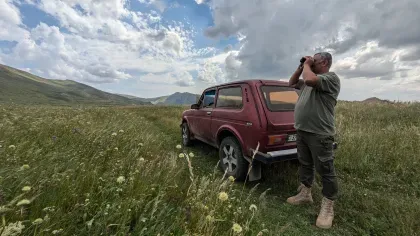5 September 2025
5 min read
Adventures of the seed collectors
Hear the stories of the intrepid seed collectors that have been gathering new collections for the Millennium Seed Bank at Wakehurst.

Home to over 2.5 billion seeds, you might think the Millennium Seed Bank (MSB) at Wakehurst is full to the brim.
But we’re always bringing new collections into the vaults to be dried, frozen and preserved for the future.
Our expert scientists and horticulturists travel across the world to work with partners in nearly 100 countries, collecting seeds to bank in-country and back home at the MSB.
Hear the stories of recent seed collection trips to Thailand, Armenia and Norway, and why these collections are more important now than ever.

Thailand
In March 2025, Inna Birchenko, Jan Sala and Sebastian Kettley departed on a seed collecting trip as part of the Weston Global Tree Seed Bank project with our partners in Thailand.
The trio were headed for the Umphang Wildlife Sanctuary in Tak Province, which forms part of Thailand’s Western Forest Complex.
Jan’s goal was to collect the seeds of three tree species, then test how well they sprout under different climate conditions. This helps our Thai partners determine which species are more resilient to climate change.
Inna would support this work by collecting leaves from the same trees, to learn about the genetic differences in different tree populations.
They were joined on the road by Nattanit Yiamthaisong, Jan’s PhD student at the Forest Restoration Research Unit (FORRU) at Chiang Mai University, and intrepid Nursery and Field Technician Thongyod ‘Yoi’ Chiangkanta, whose expertise proved invaluable in locating the target trees amongst Umphang’s canopy.

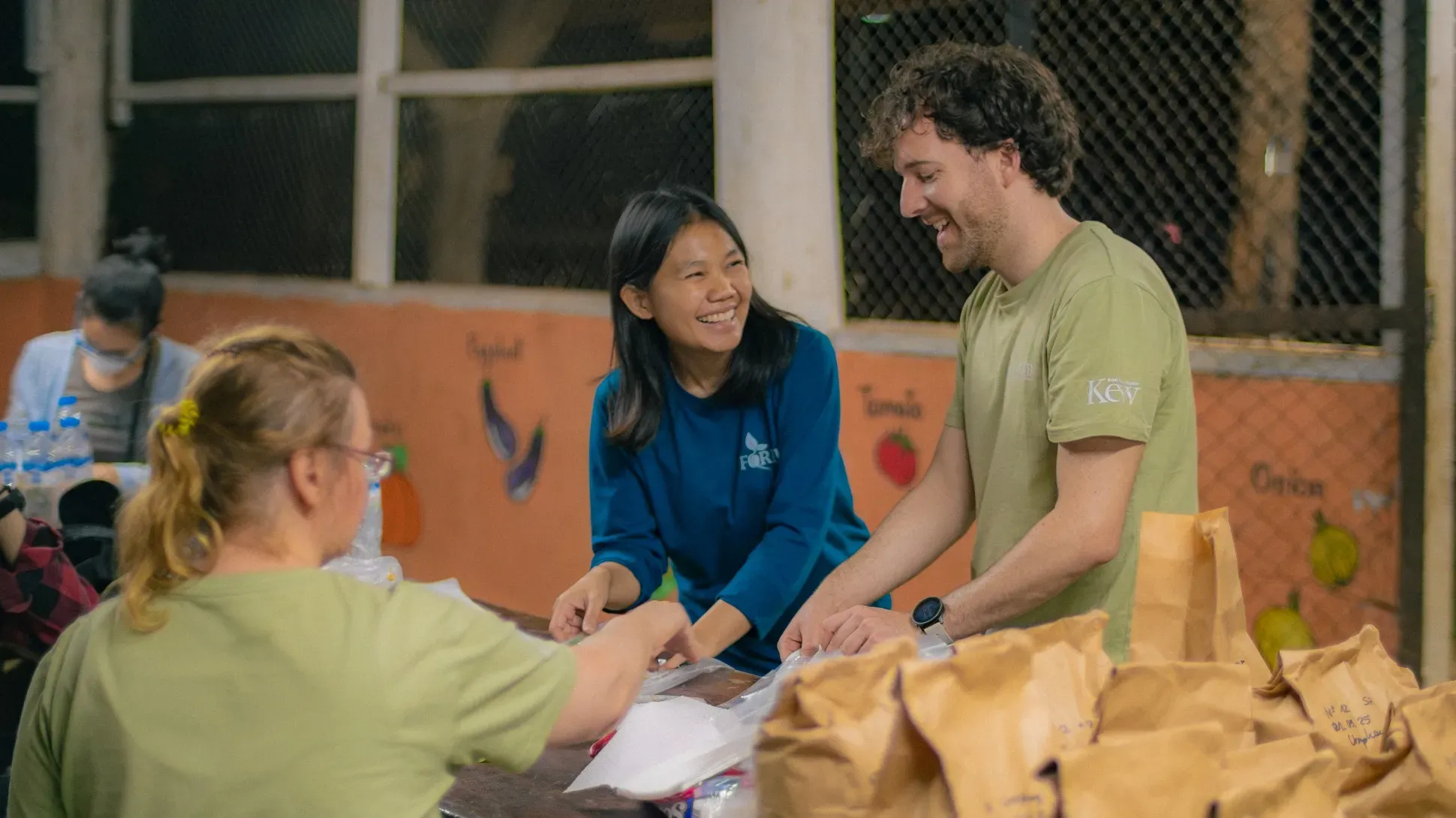
The following morning, the crew headed to several pre-selected locations where the guides had found the target trees and began to collect seeds and leaves. The three target species were Albizia odoratissima, Phyllanthus emblica, and Sapindus rarak, all of which have traditional uses in Thai communities.
On their second day in the sanctuary, the team hiked through the mountains for more seed and leaf collecting. It was a tough walk under the sweltering sun, with the seasonal wildfires making it hard to breathe.
Low-intensity fires are a natural part of the dry forest ecosystem, and the forest is well-adapted to it. Many tree species have protective adaptations that help them survive. But with forests being degraded and climate change, wildfires are becoming far more frequent and intense. It could even push the forests beyond the point of natural recovery.
It underscores the importance of Kew’s work to support our partners at FORRU and Thailand’s National Parks Department. Together, we can protect the biodiversity still there and use banked seeds to restore what’s already lost.
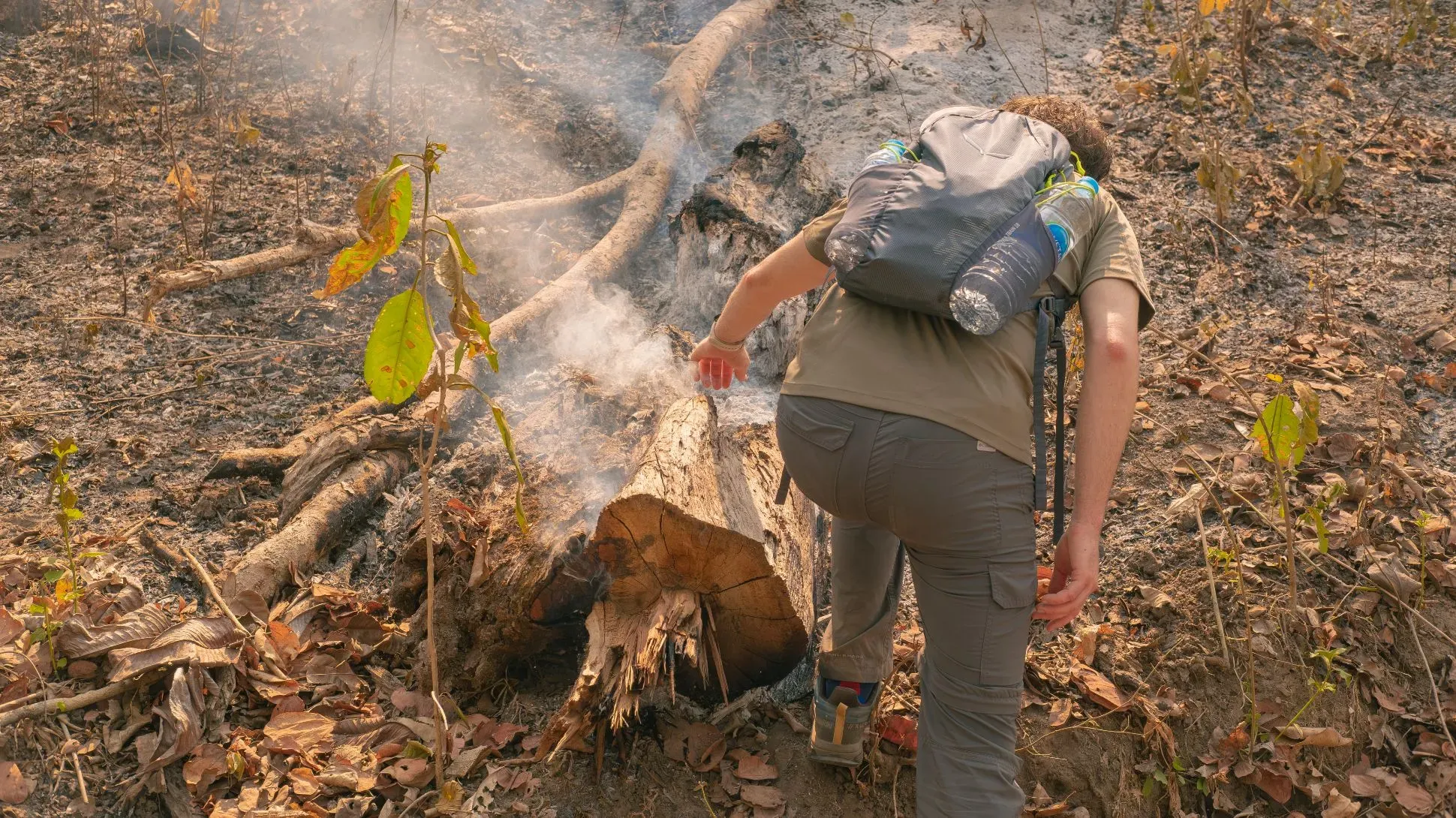
Armenia
Aisyah Faruk is the Millennium Seed Bank Conservation Partnership Coordinator for Europe and Oceania. She co-ordinates seed conservation projects across Europe, Australasia and the Pacific Islands, making sure that seed banks have the space and ability to protect collections of important seeds.
Armenia has around 40 native orchid species. Some species grow outside of protected areas and are under threat from habitat loss and overcollection.
Throughout 2023, Aisyah travelled to Armenia as part of the Darwin Initiative Capacity and Capability fund, to conserve the orchid species through in situ (in their natural habitat) and ex situ (off site in seed banks) conservation in Armenia.
Although the sites weren’t physically challenging, trying to spot the delicate stems in the tall grass was almost impossible! Adding an extra layer of challenge, some of the seed pods were still unripe.
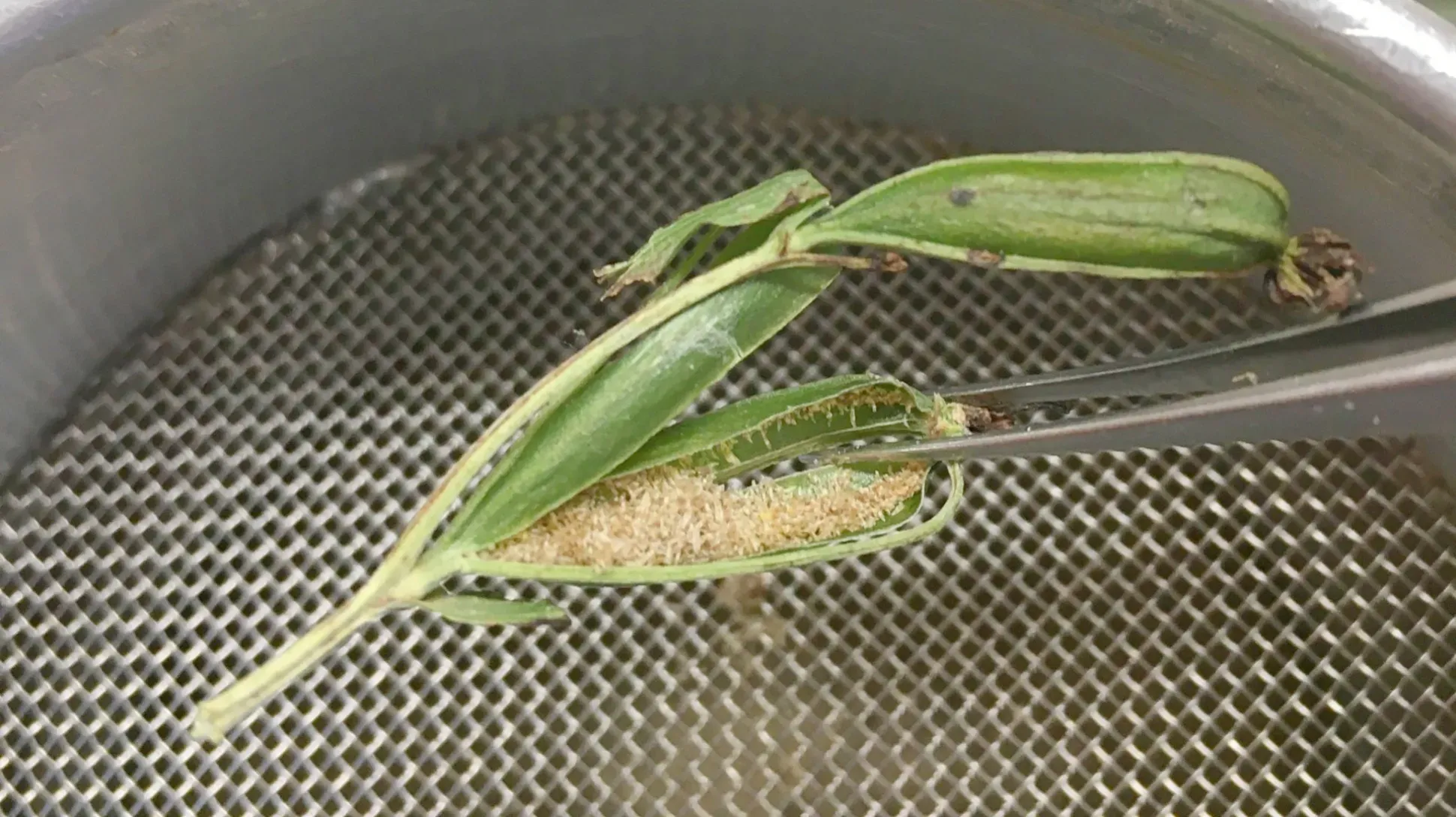
Aisyah and team collected the ripe seed pods and brought them back to the Yerevan Botanic Garden Seed Bank for cleaning. It’s a practice in controlled breathing – the seeds are so tiny that the smallest of sneezes can spell disaster!
One advantage with orchids is that they produce lots of seeds. This allowed the team to test out different humidity treatments and storage conditions, to work out new ways to best store these at-risk species.
Along with delivering training to Armenian partners, Aisyah also teamed with Matthew Davies from the McDonald Institute to engage with local communities to understand more about how local landscapes are used. One of the hotspots for orchids is found in northern Armenia, where the Yenokavan community is situated.
In Yenokava, they met with key members of the community and worked with them to map areas surrounding the village. Hopefully, this will help in identifying current and potential threats to the habitats where orchids flourish.


Svalbard, Norway
In the summer of 2022, Seed Processing Manager Nicola Mills and Senior Research Leader Elinor Breman spent 11 days in Longyearbyen, Svalbard — the world’s northernmost settlement. The average temperature was forecast to be around 5°C, despite 24-hour sunlight.
Longyearbyen is a unique place to collect plant specimens: you can't leave the main settlement without a rifle and flares to hand to keep polar bears at bay!
This project is funded by the Marris-Webbe Charitable Trust and was Kew's first trip to an arctic location.
The early spring in 2022 meant that many plants had produced seeds when Nicola and Elinor arrived. Over eight days, they made 20 collections from the area surrounding Longyearbyen.
These included the Svalbard poppy (Papaver dahlianum), Arctic cottongrass (Eriophorum scheuchzeri), and the polar willow (Salix polaris) which is a low, creeping shrub, less than 5cm tall – quite different from the willow trees we know in the UK!
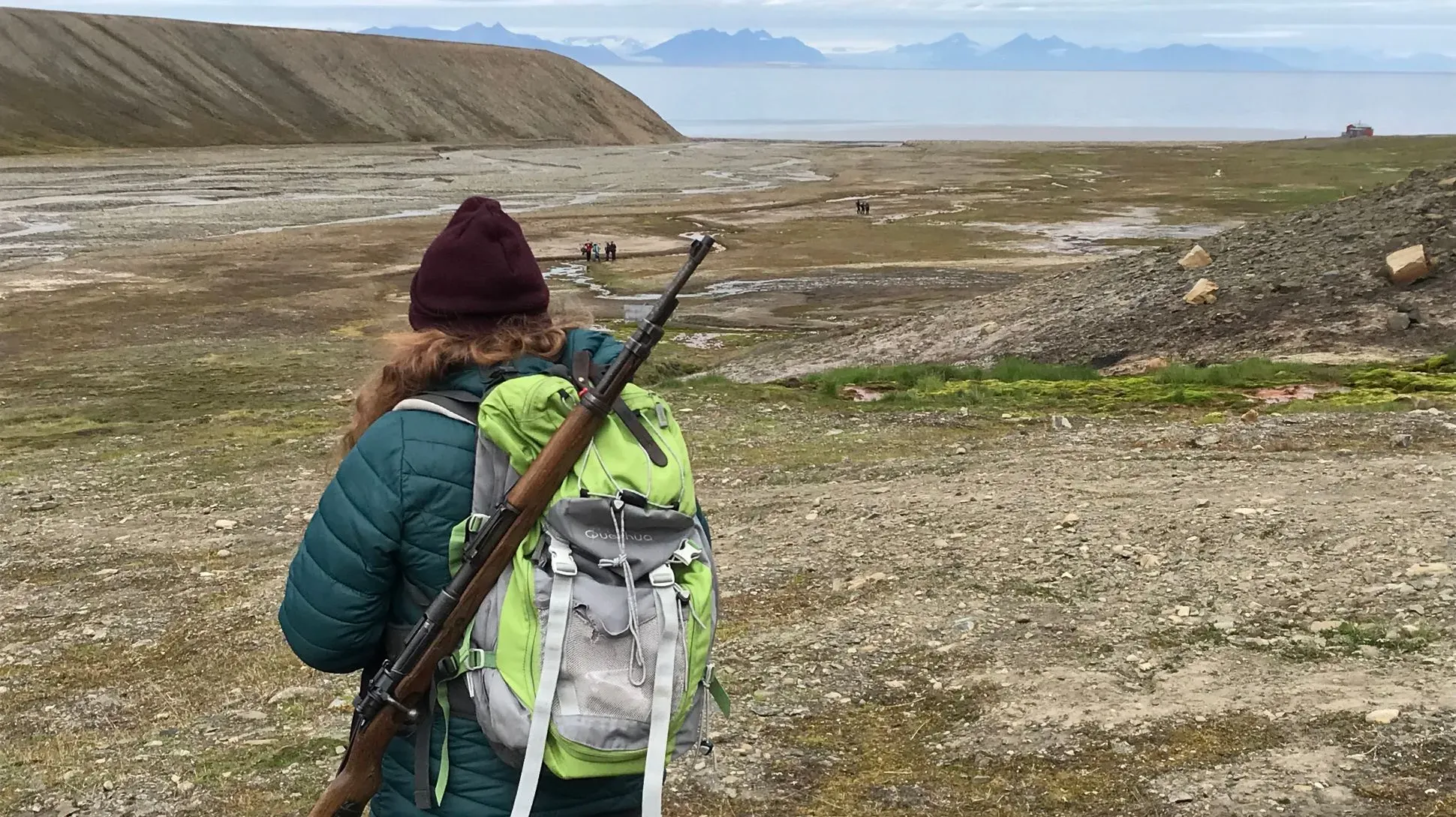
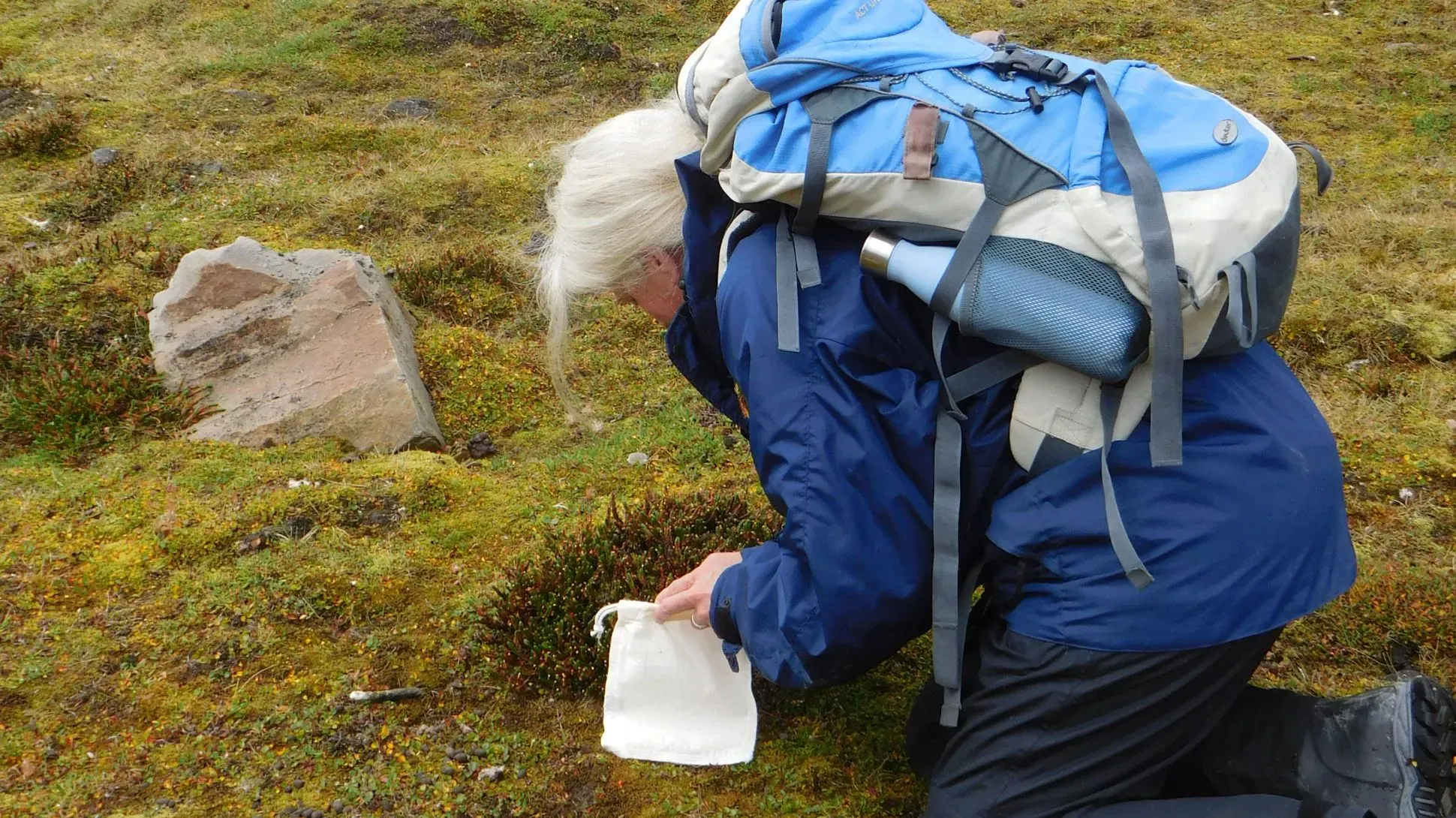
The team scaled the valleys up into the glaciers, and right down the coast of the fjord.
All plants that were collected were less than 20cm tall, which meant a lot of bending down and kneeling. The main competition for the seeds seemed to be the hungry reindeer and geese often found nearby!
The seed collections, and their accompanying herbarium specimens, arrived back in the UK, and were processed and stored within the MSB. Half of each seed collection, and a herbarium specimen, is also kept at the National Seed Bank of Norway as a back up.
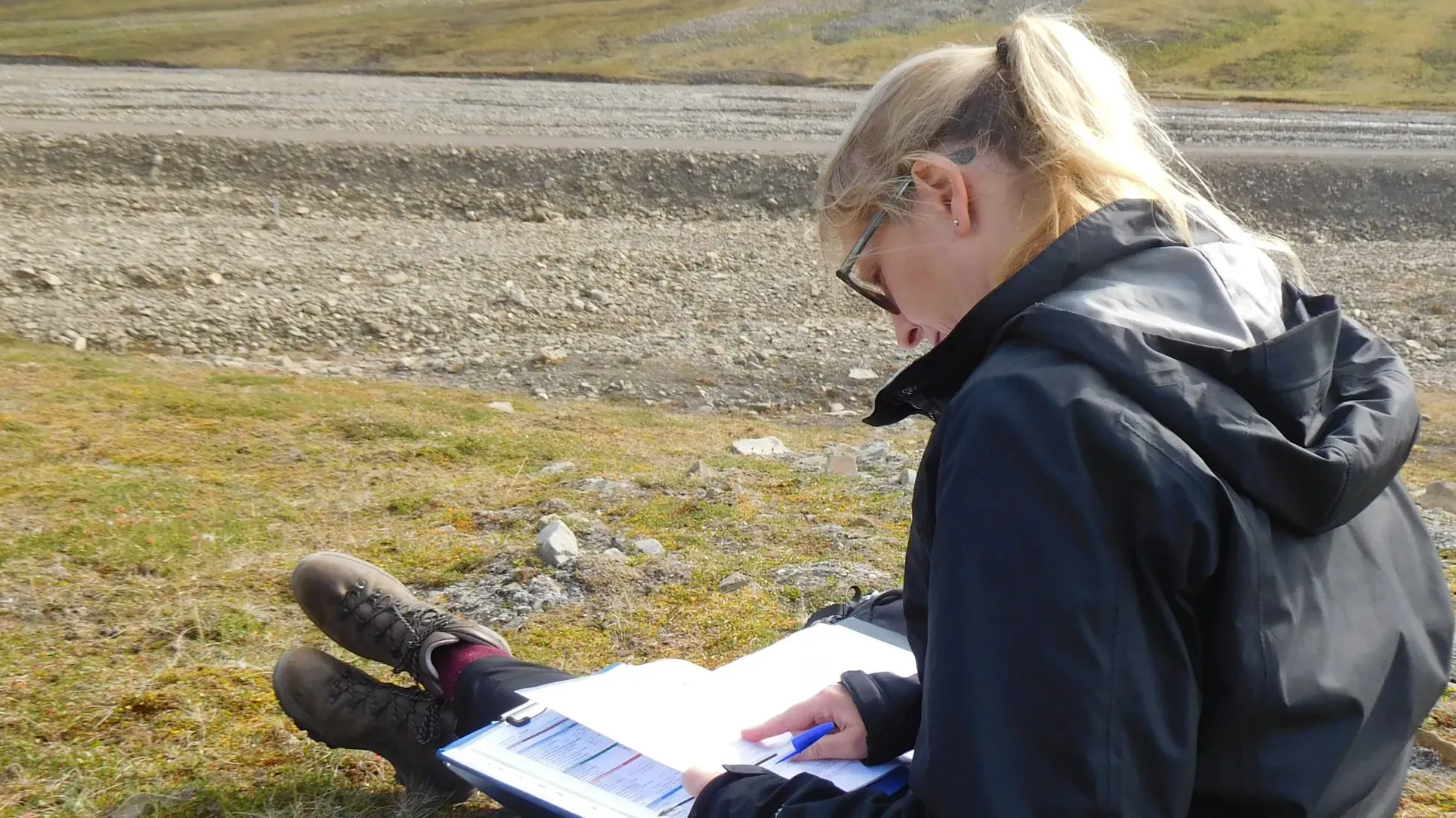
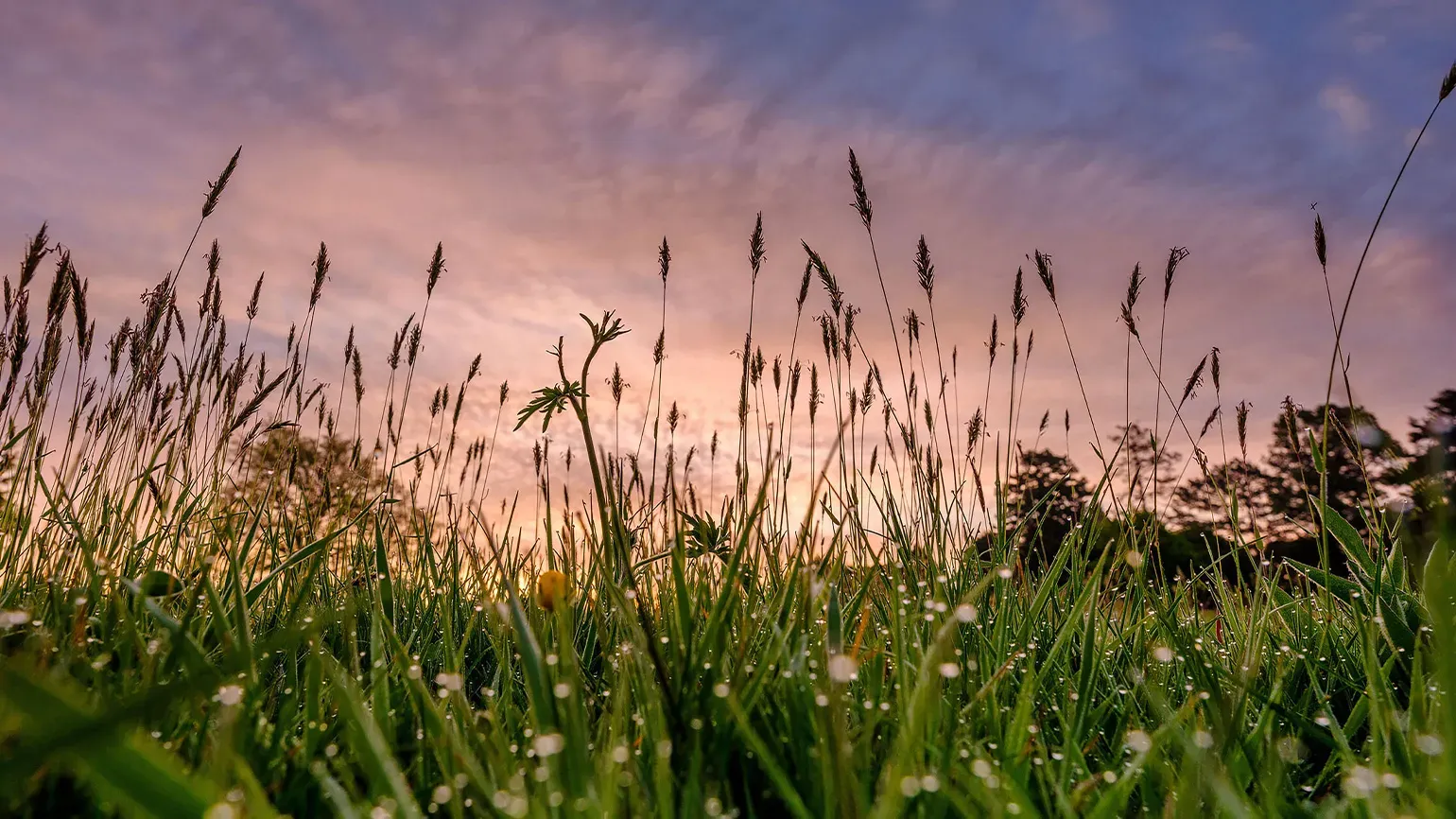
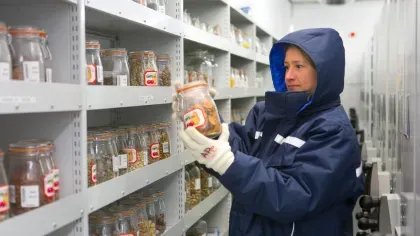
.jpgfa88.webp?itok=STOrmosg)
